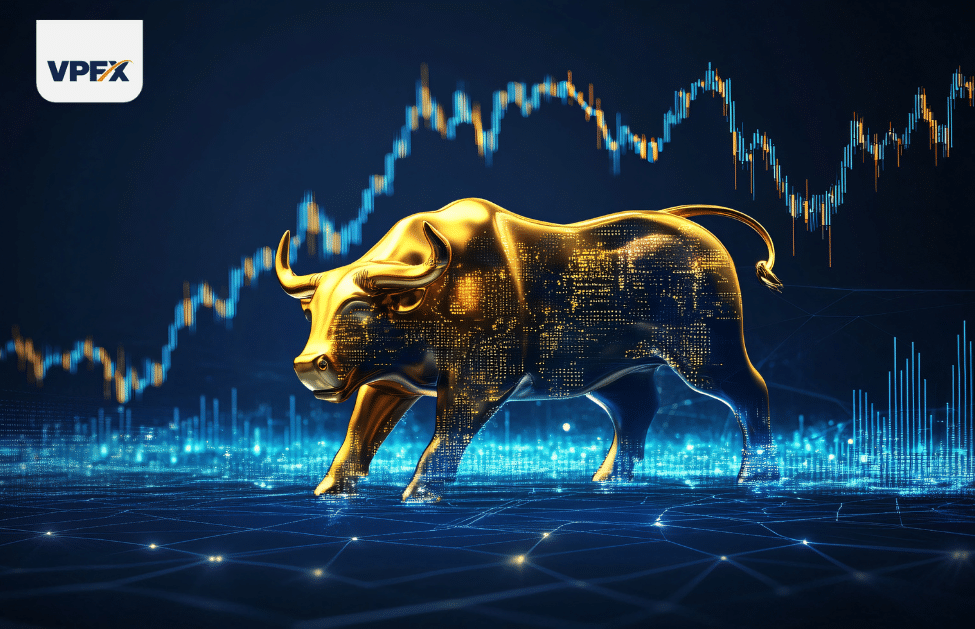In a world increasingly shaped by financial data, understanding the real drivers behind market behavior is more critical than ever. Traders, investors, and financial institutions constantly analyze economic signals to make informed decisions. But what exactly drives the ups and downs of global markets? The answer lies in trading economics, a discipline that examines how macroeconomic indicators influence trading activity across asset classes.
This blog explores the economic factors in trading that professionals watch closely, the economic reports that influence trading, and choices that empower smarter, faster decisions.
Understanding Trading Economics
Trading economics is the practice of using macroeconomic data to forecast market movements. It brings together economic theory, financial modeling, and data interpretation to predict how announcements and policies affect currency, commodities, equities, and bonds.
Whether you are a day trader or a long-term investor, grasping the fundamentals of trading economics helps improve your strategy and risk management. The better you understand the economy, the better you can anticipate price movements.
Key Economic Factors in Trading
Several economic factors in trading play a pivotal role in shaping market trends. These include:
- Interest Rates: Central bank decisions on interest rates are among the most impactful. When interest rates rise, borrowing becomes more expensive, which can reduce spending and slow economic growth. On the other hand, lower rates usually encourage investment and consumption.
- Inflation: Measured by the Consumer Price Index (CPI) and Producer Price Index (PPI), inflation directly affects purchasing power. High inflation often leads central banks to tighten monetary policy.
- Employment Data: Indicators such as Non-Farm Payrolls (NFP), unemployment rate, and jobless claims give insight into economic health. Strong employment figures often indicate a robust economy.
- Gross Domestic Product (GDP): GDP reflects the total value of goods and services produced and is a key indicator of economic growth.
- Consumer Confidence and Spending: Higher consumer confidence can signal increased spending, boosting economic growth and impacting sectors like retail and real estate.
Understanding how these elements interplay is essential for traders seeking to align their strategies with broader market sentiment.
Economic Reports That Influence Trading
Each week and month, governments and institutions release economic reports that influence trading. These reports often act as catalysts for volatility, particularly in the forex, stock, and bond markets. Key reports include:
- U.S. Non-Farm Payrolls (NFP): Released monthly, this report shows the number of jobs added or lost in the U.S. economy, excluding the farming sector. It’s one of the most significant indicators of economic health.
- Federal Reserve’s FOMC Statements: The Federal Open Market Committee’s comments on interest rates and monetary policy can significantly shift market sentiment.
- Consumer Price Index (CPI): This monthly report measures inflation and is closely watched by central banks.
- Gross Domestic Product (GDP) Reports: Released quarterly, GDP reports are used to assess whether an economy is expanding or contracting.
- Retail Sales Reports: These provide insights into consumer demand and spending trends.
- Purchasing Managers’ Index (PMI): PMI data helps forecast future manufacturing output and economic trends.
Staying ahead of these reports can help traders time entries and exits more effectively.
The Role of Forex Platforms in Economic Trading
In today’s digital-first landscape, executing timely trades based on economic data requires powerful tools. A forex trade platform serves as the trader’s gateway to the global currency markets, offering access to live prices, charting tools, and fast execution.
The best platforms also include:
- Integrated News Feeds: Real-time economic news that alerts traders to report releases.
- Economic Calendars: Schedules of upcoming events like central bank meetings and data releases.
- Analytical Tools: Technical indicators and forecasting models that help interpret economic data.
- Automation Capabilities: Features like algorithmic trading or one-click execution to act swiftly on economic releases.
Choosing a forex trade platform that aligns with your trading style is crucial for capitalizing on economic opportunities.
Choosing a Top Platform for Trading Economic Events
The demand for reliable and feature-rich platforms has never been higher. A top platform trading solution provides more than just access, it delivers the infrastructure needed to react in real time to economic shifts.
When evaluating a platform, consider the following:
- Latency and Speed: Delays can be costly. Look for platforms that offer low-latency execution.
- User Interface: A clean, intuitive interface reduces the likelihood of errors during high-pressure moments.
- Risk Management Tools: Features such as stop-loss orders, margin calculators, and real-time P&L tracking help protect capital.
- Customization: Traders should be able to tailor dashboards, indicators, and notifications to match their needs.
- Cross-Asset Support: A strong platform supports trading across multiple asset classes, including currencies, commodities, and indices, so you can respond to broader economic trends.
Examples of top platform trading solutions include MetaTrader 5, TradingView, Thinkorswim, and Workstation platforms by Interactive Brokers.
Applying Economic Insights to Your Strategy
Understanding economic factors in trading is only valuable when integrated into a broader strategy. Here’s how seasoned traders incorporate economic data:
- Pre-Event Positioning: Traders may enter positions before scheduled economic reports based on forecast expectations.
- Post-Event Volatility Trading: Many traders wait for the release, then capitalize on the volatility.
- Correlation Analysis: Linking economic indicators across countries can help predict currency pair movements.
- Scenario Planning: Traders prepare different responses based on report outcomes, e.g., better-than-expected GDP may trigger a long position in the local currency.
The Bottom Line
Markets don’t move randomly. They react to real-world signals, and the most important of these are economic.
From interest rate announcements to employment figures, the world of trading economics offers a blueprint for understanding price movements.



